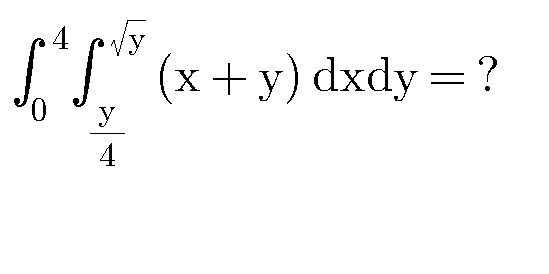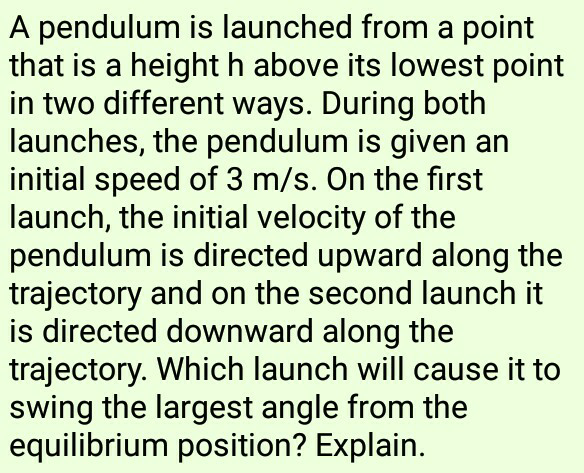
AllQuestion and Answers: Page 1854
Question Number 24822 Answers: 1 Comments: 1
Question Number 24821 Answers: 1 Comments: 0
Question Number 24817 Answers: 1 Comments: 0

Question Number 24814 Answers: 0 Comments: 3

Question Number 24813 Answers: 0 Comments: 1
Question Number 24800 Answers: 1 Comments: 0
Question Number 24786 Answers: 1 Comments: 1
Question Number 24778 Answers: 0 Comments: 4
Question Number 24772 Answers: 0 Comments: 13
Question Number 24764 Answers: 2 Comments: 0
Question Number 24755 Answers: 0 Comments: 0
Question Number 24753 Answers: 1 Comments: 0

Question Number 24747 Answers: 1 Comments: 0
Question Number 24744 Answers: 1 Comments: 0
Question Number 24739 Answers: 0 Comments: 12
Question Number 24733 Answers: 1 Comments: 1
Question Number 24730 Answers: 0 Comments: 13
Question Number 24728 Answers: 0 Comments: 0
Question Number 24716 Answers: 1 Comments: 0
Question Number 24712 Answers: 0 Comments: 3

Question Number 24704 Answers: 1 Comments: 5

Question Number 24701 Answers: 0 Comments: 0

Question Number 24696 Answers: 0 Comments: 7
Question Number 24684 Answers: 0 Comments: 0
Question Number 24680 Answers: 1 Comments: 2

Question Number 24677 Answers: 2 Comments: 0
Pg 1849 Pg 1850 Pg 1851 Pg 1852 Pg 1853 Pg 1854 Pg 1855 Pg 1856 Pg 1857 Pg 1858
